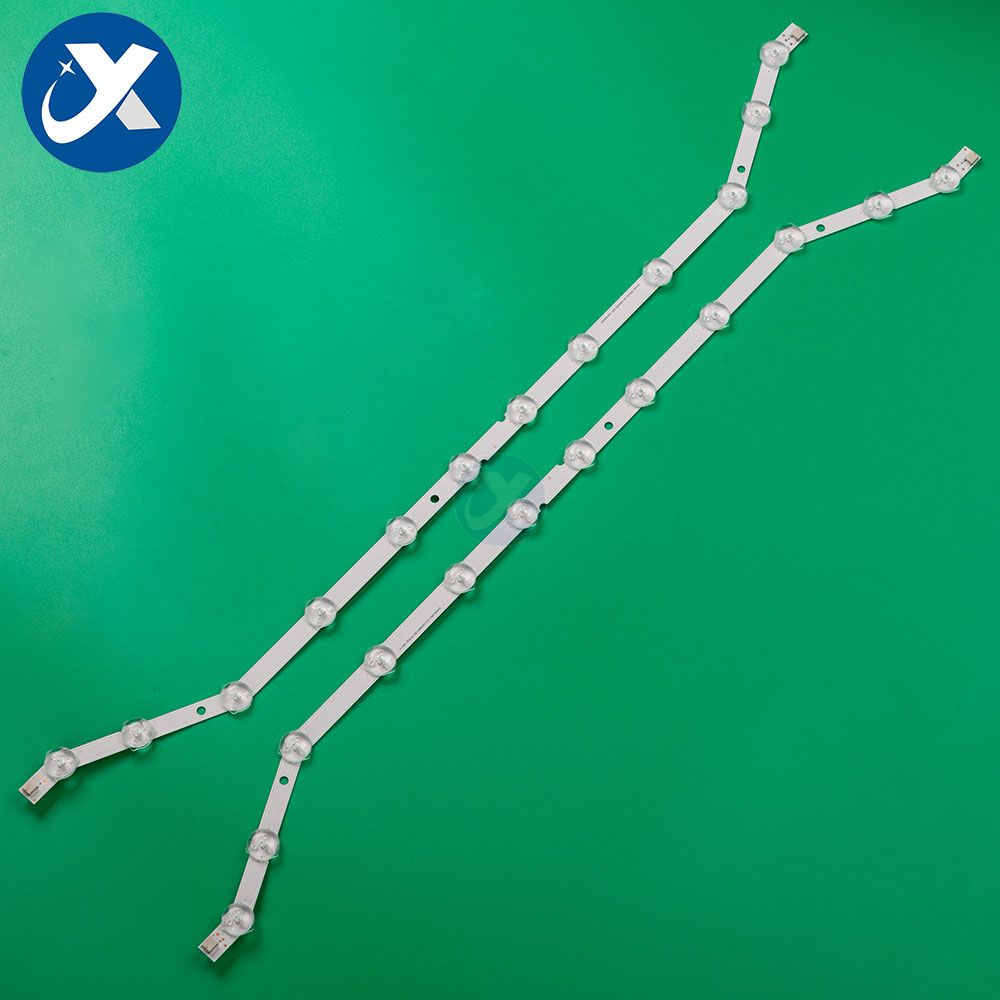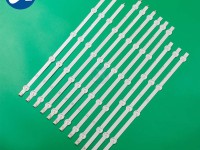How to Choose the Right Led Backlight Strip?
LED strips are long circuit boards with surface mount device light emitting diodes (SMD LEDs) that can provide lighting for any room. These strips are also known as LED strips or strip lights and often have an adhesive backing for easy installation.
Some of the best LED strips can be used for many different interior design projects, including recessed lighting, TV backlighting, or kitchen countertop lighting with under-cabinet lighting.

Factors to Consider when Purchasing
Location of Use
Before deciding which product to use, it is important to determine where the LED strips will be installed. Because of this specialization, they differ from typical LED strips. For example, products used for TV backlighting may come with four pre-fabricated pieces and TV-specific sync options that change color to mimic the color on the screen.
Lengths
Light bars come in a variety of lengths, and brightness and intended use are often related to their length. For example, LED strips used for TV backlighting tend to be relatively short for easy installation.
Flexibility
Most light bars have flexible circuit boards that can be bent around corners or run on curved surfaces. Some LED strips are so flexible that they can be bent to 90 degrees without damaging the circuit board.
However, flexibility decreases as the power of the LED strip increases, and some strips are designed to be completely rigid. These inflexible products tend to be much shorter, sometimes as little as 1 foot long, and much brighter than regular light bars.
Brightness
The brightness of LED strips is measured in lumens per meter, or LM, and is determined by the density of LED lights within 1 meter.
Brightness can be difficult to calculate, and some manufacturers do not include this information. The average brightness of a light bar can be found by recording the LED density. There are two densities of average light bars. Standard Density (SD) has 30 LEDs per meter (9.1 LEDs/ft), or High Density (HD) has 60 LEDs per meter (18.3 LEDs/ft).
Standard Density (SD) light bars produce an average of 540 LM and require 27 watts of power. They can be up to 32.8 feet in length. High Density (HD) strips produce an average of 1080LM, require 40 watts of power, and have a maximum length of 16.4 feet.
Color and Color Temperature
It is important to keep in mind the color of the light strip. Some light strips come in only one color, while others have millions of color options. The color option you choose depends entirely on your personal preference.
Color temperature is measured in degrees Kelvin (K) and describes how warm or cold the color of light appears, with lower numbers indicating higher color temperatures. The soft glow of ordinary incandescent light is a warm 2700K, while natural daylight is much cooler, averaging 6500K.
Wattage
Wattage is a measure of the amount of energy required for a strip light to operate at optimal brightness. LED strips use batteries, use a power adapter that plugs into a wall outlet, or are directly hardwired into a home's electrical system.
LED strips with lower brightness requirements, such as 540-LM strips, will also have lower power requirements. As brightness requirements increase, so do power requirements. A standard 16.4-foot density strip requires 27 watts, and a 16.4-foot high-density LED strip requires 40 watts.
- Category:
- Business
- 15 Feb, 2023
- 1079 views
- No comments





